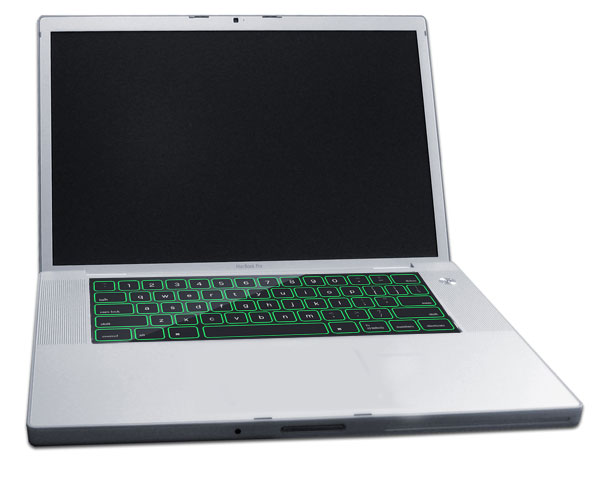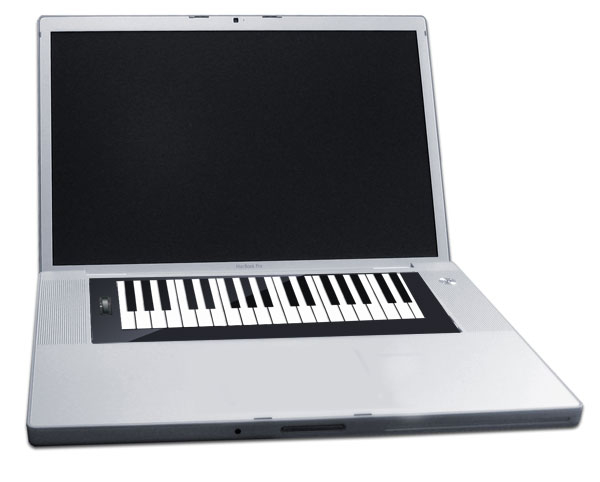Multitouch desktop keyboard
For 30 years the interface for a computer has been tied closely to a typewriter. The keyboard allows for quick text input in a simple and predictable way. The problem is that the keys on the keyboard do not always map well to the application that you are using. For example when using a music application the keyboard interface is limited to keyboard shortcuts for mau commands. When using a visual program like PhotoShop the keys allow you to change tools in a very non-visual way.
Recently the optimus keyboard has suggested that the keys don't have to be static, they can each be a small screen that provides visual feedback to the current application or function. This approach is nice in that it stays with the traditional keyboard but it very expensive and is ultimatly still limiting from an interface design perspective.
The iPhone from Apple has also receently been showing off some keyboard ability particularly in the multi-touch space. Multi-touch is the ability to independantly detect multiple fingers on the screen at the same time. Despite the seemingly 'newness' of the technique the principals of multi-touch have been around for over 20 years.
A concept that we've been exploring at Raizlabs is combing aspects of the adaptive keyboard and multi-touch technology. The result is a keyless keyboard:
The traditional keys are replaced with a multi-touch screen technology. This allows you to type in a very traditional way for basic input but allows the interface to be customized or adapt to specific applications such as music:
Individual applications can create application specific keyboard layouts or they can use the traditional keyboard. The multi-touch aspects also allow you to integrate the mouse into the exact same touch screen interface. Here's a closer look:
Underneath each hand is a visual nub. Shown here as a blue dot. As you're typing you can grab either blue dot and use it like a mouse. You can drag it around the screen. As you move it left and right mouse button appear under your fingers and the keyboard fades out. So the mouse is litteraly at your fingertips, your hands never leave the keys. Let go of the mouse and the keyboard comes back.
Now let's talk about multi-touch. If you grab both dots and drag both down this is the same as scrolling. Grab both dots and push them together and this simulates the keyboard shortcut for Copying text. Push both dots out and this simulates the Paste command. Additional two and three finger gestures could also be created. I'm only giving a couple quick examples.
Potential problems? Tactile feedback is the largest potential problem. Since you don't feel the key go down the interface will need to compensate with subtle audio and visual cues to show you when a key has been pressed. There's a lot of research that shows that this type of feedback works and can overcome some of these drawbacks. It may also be possible to have the keyboard 'push-back' offering some haptic feedback as well.
We're excited by the concept and have started contacting display manufactureres to guage the feasability of the display technology.
If we built this as a stand alone keyboard and it cost under $500 would you buy it?


